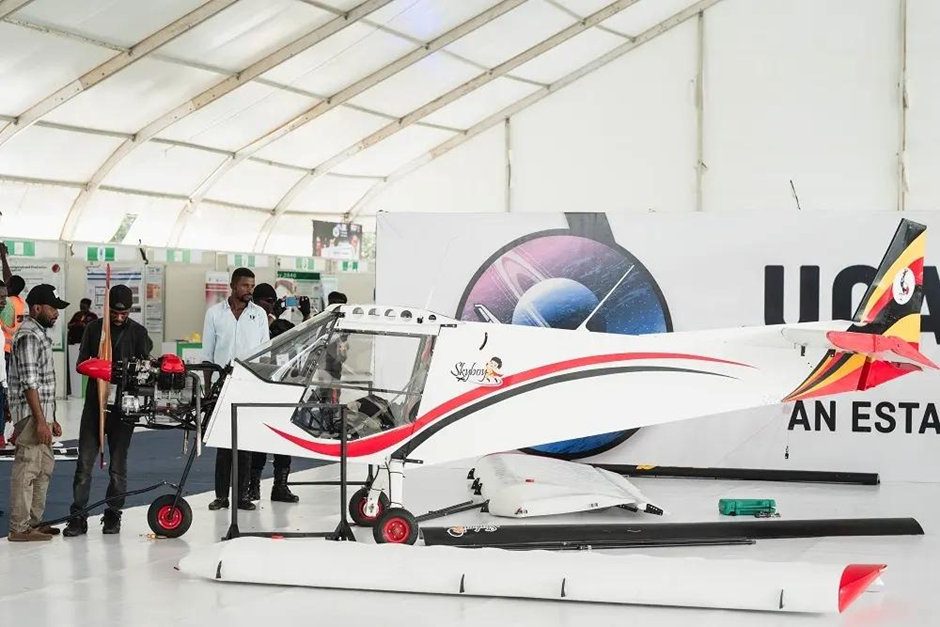
Introduction
Aerospace technology is rapidly evolving, influencing global connectivity, security, and economic growth. For East African nations aiming to participate in this sector, investing in high-quality aerospace education is essential. Universities, research institutes, and technical schools in the region are beginning to develop programs that can equip the next generation with the skills needed to compete in space and aviation industries.
Current State of Aerospace Education in East Africa
Countries such as Kenya, Ethiopia, and Rwanda have introduced specialized aerospace engineering courses in selected universities. These programs typically focus on satellite design, aerodynamics, propulsion, and avionics. However, many institutions still face limitations in terms of funding, laboratory facilities, and access to modern aerospace equipment.
Despite these challenges, partnerships with international universities have begun to close the gap, offering East African students opportunities to engage in exchange programs and collaborative research projects.
Industry-Academia Collaboration

Strong links between educational institutions and industry are vital for creating job-ready graduates. Space agencies, aviation authorities, and private aerospace firms can work with universities to provide internships, practical training, and joint research initiatives. For instance, Kenya Space Agency and Ethiopian Space Science Society have engaged students in real-world projects like satellite assembly and testing.
These collaborations not only enhance technical expertise but also help align academic curricula with industry requirements.
Building Research Capacity
Research and innovation are central to aerospace advancement. Establishing dedicated aerospace research centers within universities can foster innovation in satellite technology, unmanned aerial systems, and propulsion systems. Funding from both government and private investors could accelerate projects that address regional needs, such as satellite-based weather monitoring or drone applications for agriculture.
Partnerships with global research networks can also give East African scholars access to data, equipment, and expertise that would otherwise be out of reach.
Role of Technology and Online Learning
Digital platforms offer new ways to expand aerospace education in the region. Online courses, remote laboratory simulations, and virtual reality training can make advanced concepts more accessible to students without requiring fully equipped on-site facilities. By leveraging Massive Open Online Courses (MOOCs) from reputable institutions, East African learners can gain exposure to international standards while studying locally.
Policy and Government Support
National policies play a critical role in developing aerospace education. Governments can support the sector by offering scholarships, creating funding schemes for research, and encouraging local manufacturing of aerospace components. Setting up national centers of excellence in aerospace technology could help pool resources and attract both local and international talent.
Inspiring the Next Generation
Encouraging youth participation in STEM fields is essential for sustaining aerospace growth. Science fairs, robotics competitions, and satellite-building challenges can ignite interest in aerospace careers. Showcasing local success stories, such as students contributing to CubeSat missions, can inspire a new wave of innovators committed to advancing the region’s role in global aerospace.
Conclusion
Aerospace education in East Africa is still developing, but it holds immense potential for regional transformation. By strengthening academic programs, fostering industry partnerships, and expanding research capacity, East African countries can build a skilled workforce ready to contribute to space and aviation innovations. Long-term investment in education will be the foundation for the region’s competitiveness in the global aerospace arena.


